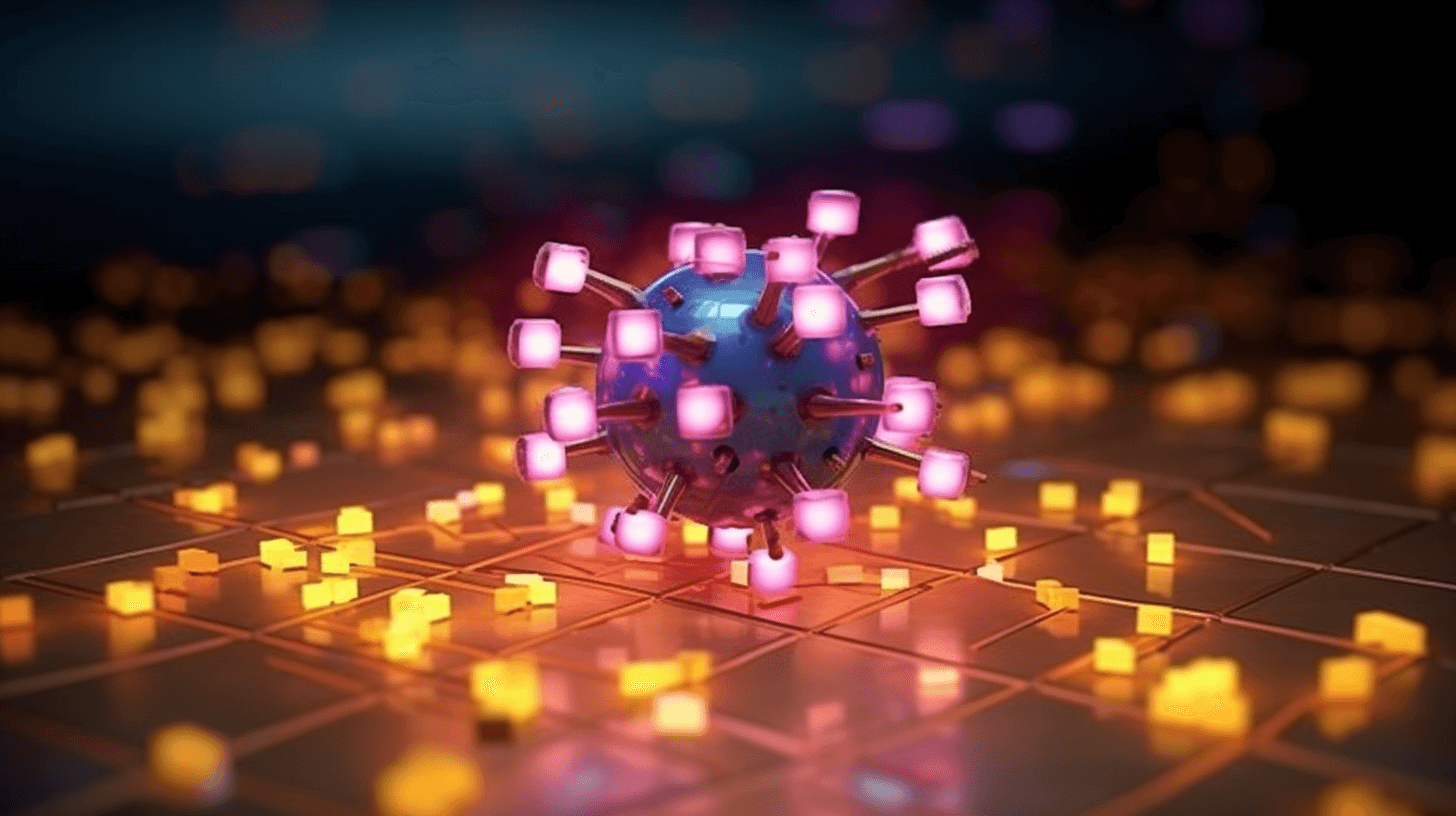🔬🌡️ Da Puzzle Solved: Quarks an Gluons in Nuclear Matter
🔎 Da small kine pieces dat make up da heart of atomic nuclei, protons an neutrons, dey stay made up of even smalla kine particles called quarks an gluons. Dese particles, dey stay do some kine action wit da strong force, one of da four main forces of nature. Dey come togedda fo make da nuclei inside every atom. An not only dat, dey also come togedda fo make up some weird kine nuclear matter dat stay hot o’ dense an get plenty fancy properties.
👨🔬 Da science guys, dey stay studyin’ dis hot an cold nuclear matter an dey stay do all kine experiments wit relativistic heavy ion collisions. An dey goin’ keep doin’ um wit da future Electron-Ion Collider. Da main ting dey stay try fo do is figga out how all dis complex matter come from da elementary particles dat stay affected by da strong force.
🧠 Da math fo studyin’ da strong force stay real complex. One reason fo dat stay cause get plenny different ways fo do da math. Da science guys, dey stay call some of dem “gauge choices.” Da main ting stay dat all dese gauge choices suppose to give da same answer wen you do da calculations fo anyting you can measure in one experiment. But get dis one specific choice called axial gauge, an it stay puzzlin’ da science guys fo years cause wen dey make dis choice, da results no stay consistent.
📚 One recent study, wen come out in Physical Review Letters, finally solve dis puzzle an open da door fo reliable calculations of hot an cold nuclear matter properties dat can be tested in da experiments we get today an in da future.
🔥 Da special kine nuclear matter dat da physics guys stay studyin’ in relativistic heavy ion collisions, we call um quark-gluon plasma (QGP). Dis kine matter stay exist in da early universe. Da physics guys, dey stay try fo undastand da properties of dis QGP by doin’ heavy ion collision experiments an tryin’ fo recreate da real hot temperatures we wen see aftah da Big Bang. Dey look at da data from da experiments an compare um wit da theoretical calculations fo figga out all kine properties of da QGP. Da calculation method we call axial gauge, it stay make da two properties dat describe how da heavy quarks move inside da QGP look da same.
👨🔬 Da guys from Massachusetts Institute of Technology an da University of Washington, dey wen find out dat dis idea no stay right. Dey wen do one study an look real hard at da conditions fo wen you can use axial gauge, an dey wen explain why da two properties stay different. An finally, dey wen show dat we gotta use two different methods fo measure how da gluons, da particles dat carry da strong force, stay spread out inside da nuclei. An dey stay predictin’ dat dis goin’ get tested at da electron-ion collider we get in da future.
NOW IN ENGLISH
🔬🌡️ The Puzzle Solved: Quarks and Gluons in Nuclear Matter
🔎 The small particles that make up the core of atomic nuclei, protons and neutrons, are themselves composed of even smaller particles called quarks and gluons. These particles interact with the strong force, one of the four fundamental forces of nature. They come together to form the nuclei inside every atom. And not only that, they also combine to create a peculiar form of nuclear matter that is hot or dense and possesses unique properties.
👨🔬 Scientists are studying this hot and cold nuclear matter through experiments involving relativistic heavy ion collisions. And they will continue to do so with the future Electron-Ion Collider. Their main objective is to understand how this complex matter emerges from elementary particles affected by the strong force.
🧠 The mathematics involved in studying the strong force is highly intricate. One of the reasons for this complexity is the existence of various methods to perform these calculations. Scientists refer to some of these methods as “gauge choices.” The crucial point is that all these gauge choices should yield the same result when calculating any measurable quantity in an experiment. However, one specific choice called axial gauge has puzzled scientists for years due to the inconsistent results it produces.
📚 A recent study published in Physical Review Letters has finally solved this puzzle and opened the door for reliable calculations of properties related to hot and cold nuclear matter. These calculations can be tested in current and future experiments.
🔥 The unique type of nuclear matter that physicists investigate in relativistic heavy ion collisions is known as quark-gluon plasma (QGP). This form of matter existed in the early universe. Physicists strive to understand the properties of QGP by conducting experiments that recreate the extremely high temperatures observed microseconds after the Big Bang. They analyze data obtained from these experiments and compare them with theoretical calculations to determine various properties of QGP. The calculation method known as axial gauge previously suggested that two properties describing the movement of heavy quarks within QGP were the same.
👨🔬 Researchers from the Massachusetts Institute of Technology and the University of Washington have now discovered that this implication is incorrect. Their study thoroughly examined the conditions under which axial gauge can be employed and explained why the two properties are different. Furthermore, they demonstrated that two distinct methods must be used to measure the distribution of gluons, the particles carrying the strong force, inside nuclei. They predict that this prediction will be tested at the future electron-ion collider.







